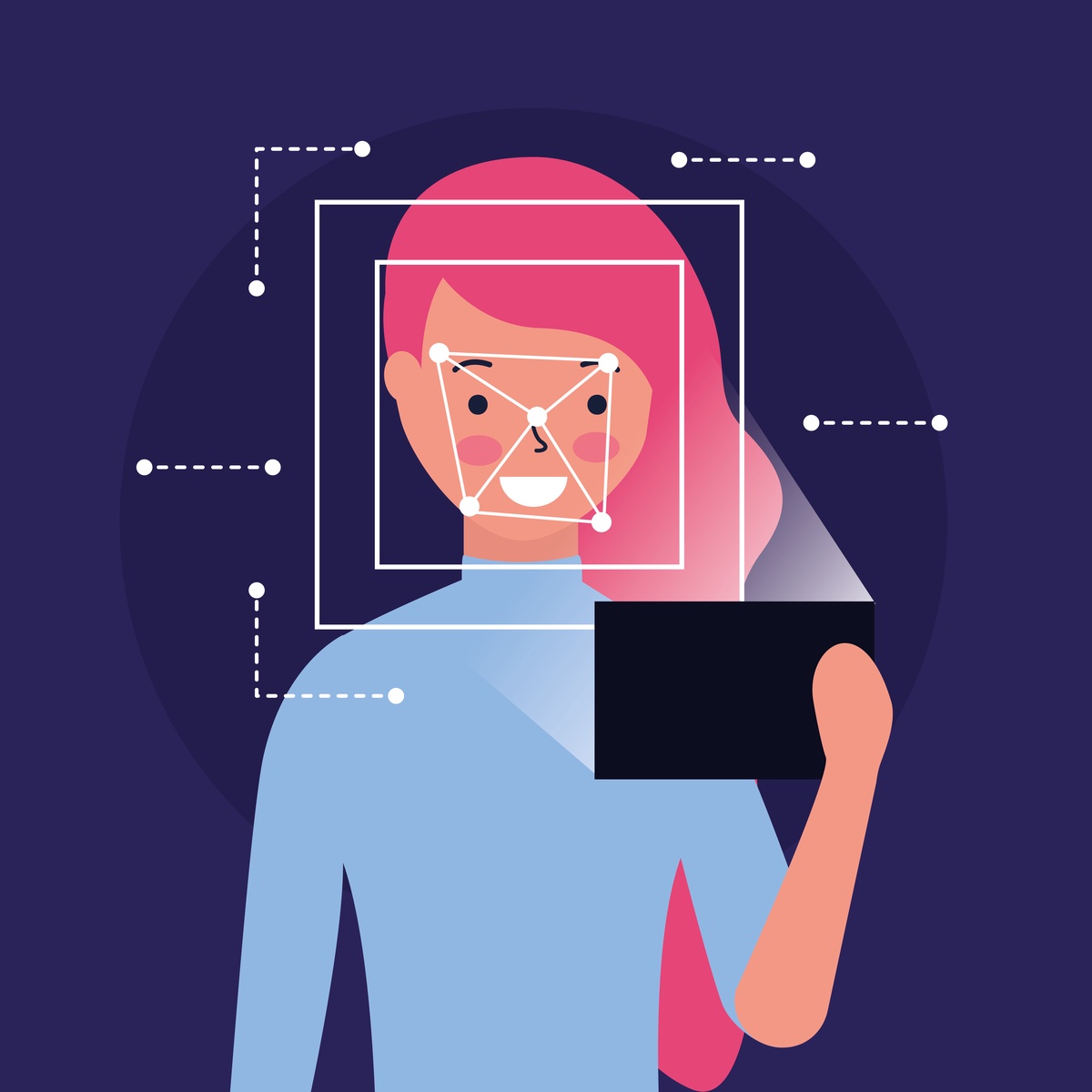In today's tech-driven world, a revolutionary advancement is shaping how we comprehend visual information: deep learning, particularly its influence on image recognition. This technology has infiltrated numerous aspects of our lives, even those we might not immediately realize.
Image recognition, at its core, involves computers identifying and detecting an object or attribute in a digital image or video. Initially, this was a task only a human could do efficiently. But with the advent of deep learning, the tables have turned. Deep learning is a subset of machine learning and artificial intelligence, known for its ability to mimic the human brain's workings using artificial neural networks.
To illustrate this, let's consider a whimsical yet fascinating example - a monkey holding a box. Now, humans would instantly recognize this scene. But how could a computer do the same?
The magic lies within convolutional neural networks (CNNs), a class of deep learning algorithms. CNNs, inspired by the human brain's visual cortex, are excellent at processing pixel data. They can identify shapes, patterns, and objects within an image, even something as obscure as a monkey holding a box!
When an image is fed into a CNN, it undergoes multiple convolutional, pooling, and fully connected layers. These layers extract features and gradually build a comprehensive understanding of the image, much like how we might first notice the monkey, then the box it's holding, and finally perceive the whole scene.
Deep learning has transformed image recognition, significantly increasing its accuracy. It's now capable of detecting subtle nuances that traditional machine learning methods might miss, such as differentiating between various species of monkeys or identifying the box's material.
Moreover, deep learning-based image recognition has broad applications, from healthcare and self-driving cars to surveillance systems. It's revolutionizing these fields by enabling precise diagnosis, safer autonomous navigation, and more secure environments.
However, the system isn't flawless. Image recognition can face difficulties, such as distinguishing objects in low-light conditions or interpreting images with complex backgrounds. But with continual research and improvements, these challenges are being gradually overcome.
In conclusion, deep learning's influence on image recognition is significant and far-reaching. This technology, with its capacity to recognize a monkey holding a box and much more, is reshaping our interaction with the digital world. As advancements continue, we can expect even more accurate and sophisticated image recognition systems, leading us into an era where machines can truly 'see' and understand our world.


No comments yet